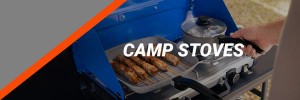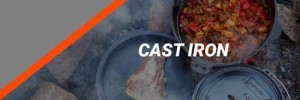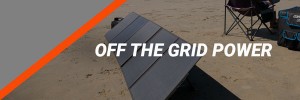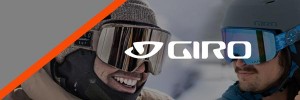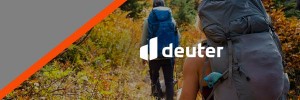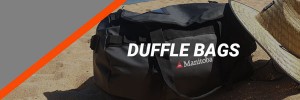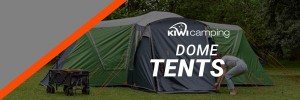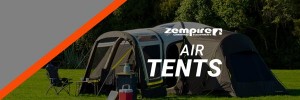Which Ski is for you?
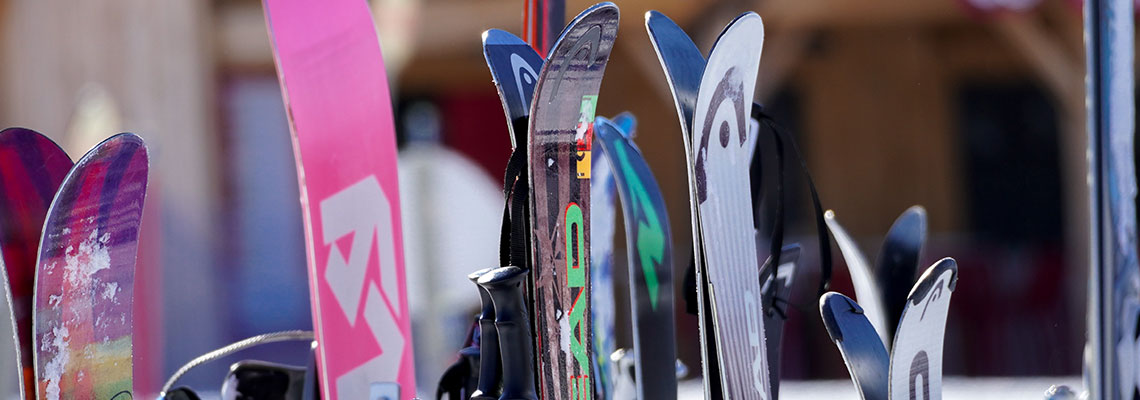
How do I Choose my Ski?
There is no ideal formula for determining the perfect length of ski for every skier. An excellent starting point is using factors such as height and weight, and then consider other factors such as snow type, terrain and personal preference. The general rule is to pick a ski length that is somewhere between your chin and the top of your head. Advanced and expert skiers may choose skis that are slightly longer than head height.

REASON TO CHOOSE SHORTER SKIS, CLOSER TO YOUR CHIN:
- Beginner or Intermediate skier.
- You weigh less than your average height.
- You like to make short, quick turns, and seldom ski fast
- You want a carving ski with only camber, no rocker.
REASONS TO CHOOSE LONGER SKIS, CLOSER TO THE TOP OF YOUR HEAD:
- You are skiing fast and aggressively.
- You weigh more than your average height
- You plan to do the majority of your skiing off the trail
- You plan to ski a twin-tip ski
- You want a ski that has a lot of rocker
Ability Level
Ability level is less relevant as ski technology has made it possible for a beginner to ski a much wider variety of skis. Still, there are features that differentiate skis for different ability levels.
Someone who is new to skiing or is working on linking smoother turns falls into this ability level. Typically beginner skis are: softer flex, narrower widths, foam or softer wood cores, and capped constructions. Ideally a ski that is easy to turn and very forgiving if you do make a mistake.
Someone who is new to skiing or is working on linking smoother turns falls into this ability level. Typically beginner skis are: softer flex, narrower widths, foam or softer wood cores, and capped constructions. Ideally a ski that is easy to turn and very forgiving if you do make a mistake.
Most skiers are within this category, whether you like to carve on groomers or venture into the powder. Skis which fall into this category have a stronger wood core and sandwich sidewall construction
Advanced – Expert level skis are for the more aggressive and skilled skier. These skis often have materials which deliver better performance at speed or in demanding conditions. These skis are generally stiffer both longitudinally and torsionally than intermediate level skis and can be challenging at lower speeds.
ALL MOUNTAIN SKIS
All mountain skis are indeed for skiing the entire mountain. These skis are designed to handle anything you decide to throw at them, including powder, ice, groomers, steeps, heavy snow and everything in between. However, they aren’t necessarily the master of any one terrain type.
POWER SKIS
These skis are for the deep days. If you’re going looking for powder on the ski field of in the back country for the freshest of the fresh, then powder skis are what you need to stay afloat. Skis in this category are generally wider at the waist (115mm or more) and often have a softer flex. Many powder skis today are versatile enough to handle mixed conditions and harder snow.
CARVING SKIS
Carving skis are the typical groom terrain ski. Carving skis are generally narrower at the waist and have shorter turn radii for edge to edge quickness and responsive turn initiation and exit on groomed runs and hard pack. Beginner-Intermediate skis in this category are designed to make learning to turn simple.
PARK & PIPE SKIS
Often called freestyle skis, these are for those who are spending the majority of their time in the terrain park. If jumps, rails, and jibs are your thing then this category is for you. Traditionally park and pipe skis have narrower waits with full camber profiles. You will almost always find twin-tips within this category.
ALPINE TOURING SKIS
Also known as back country skis, alpine touring skis are designed for going uphill as well as downhill. These skis are typically light for their width and many features fittings that accept climbing skins. Alpine touring skis vary in width and weight, with the wider heavier versions usually used for winter/deep snow touring and the skinnier, lighter skis usually used for spring/summer/long distance touring.
WOMEN SPECIFIC SKIS
Women specific skis are typically lighter, softer, and shorted. Women usually have a lower center of gravity and less body mass than men of the same height and therefore exert less leverage and force on their skis. Women require less force to power and turn. Also, to tailor the performance to women, mounting positions are often a centimeter or so further forward on these skis. There is no reason a female skier cannot ski well on a men’s ski, and vice versa.






